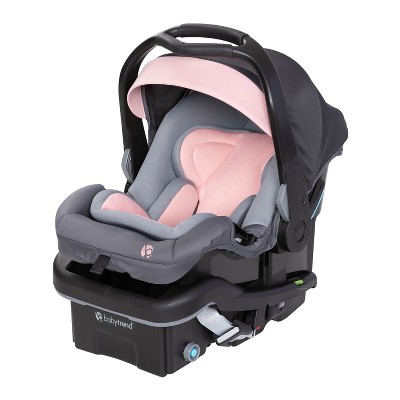Baby Seats: A Comprehensive Guide for Parents
Introduction
As a new parent, ensuring the safety and comfort of your precious little one is paramount. Among the essential gear you’ll need is a baby seat, a device designed to provide a secure and comfortable environment for your child while traveling in a vehicle. This comprehensive guide will delve into the various types of baby seats available, their safety features, and how to choose the right one for your child and vehicle.
Types of Baby Seats
Baby seats are classified into three main categories based on their weight and age capacity:
1. Infant Car Seats:
- Designed for newborns up to 35 pounds or 32 inches in height
- Rear-facing only, providing optimal head and neck support
- Typically equipped with a removable base for easy transfer between the vehicle and stroller
2. Convertible Car Seats:
- Can be used both rear-facing (for infants) and forward-facing (for toddlers)
- Weight capacity ranges from 5 to 40 pounds rear-facing and 20 to 65 pounds forward-facing
- Offer extended use as your child grows
3. Booster Seats:
- Designed for children who have outgrown their convertible car seats
- Position the child higher in the vehicle, allowing them to use the vehicle’s seat belt
- Typically have a weight capacity of 40 to 120 pounds
Safety Features
When choosing a baby seat, safety should be your top priority. Look for models that meet or exceed the following safety standards:
- Federal Motor Vehicle Safety Standard (FMVSS) 213: Ensures the seat meets minimum safety requirements
- National Highway Traffic Safety Administration (NHTSA) 5-Star Safety Rating: Indicates the seat has performed well in crash tests
- Side Impact Protection: Provides additional protection in the event of a side-impact collision
- Anti-Rebound Bar: Prevents the seat from rotating forward in a crash
- Adjustable Harness: Allows for a snug and secure fit as your child grows
Choosing the Right Baby Seat
Selecting the right baby seat depends on several factors:
1. Child’s Age and Weight: Determine the appropriate weight and age range for the seat you need.
2. Vehicle Compatibility: Ensure the seat is compatible with your vehicle’s make, model, and year.
3. Installation Type: Choose a seat that can be easily and securely installed in your vehicle. There are two main installation methods:
- LATCH (Lower Anchors and Tethers for Children): Uses built-in anchors in the vehicle to secure the seat
- Seat Belt Installation: Uses the vehicle’s seat belt to secure the seat
4. Comfort and Convenience: Consider features such as adjustable headrests, padding, and cup holders for your child’s comfort. Look for seats that are easy to clean and maintain.
5. Budget: Baby seats can range in price from $50 to $500. Determine your budget and research different models within that range.
Installation and Use
Proper installation and use of a baby seat are crucial for its effectiveness. Follow these steps:
1. Read the Manual: Carefully read the manufacturer’s instructions for proper installation and use.
2. Choose the Correct Location: Install the seat in the back seat, preferably in the center position.
3. Secure the Seat: Use the LATCH system or seat belt to securely fasten the seat in place.
4. Adjust the Harness: Tighten the harness straps snugly, ensuring there is no slack.
5. Check for Recalls: Regularly check the NHTSA website for any recalls or safety concerns related to your baby seat.
Maintenance and Care
To ensure the longevity and safety of your baby seat, follow these maintenance tips:
- Clean Regularly: Use a mild soap and water solution to clean the seat’s fabric and plastic parts.
- Inspect Regularly: Check the seat for any damage, loose straps, or broken parts.
- Store Properly: When not in use, store the seat in a cool, dry place away from direct sunlight.
- Replace After an Accident: Even a minor accident can compromise the integrity of the seat. Replace it immediately.
Conclusion
Choosing and using the right baby seat is essential for the safety and well-being of your child. By understanding the different types, safety features, and installation requirements, you can make an informed decision that provides optimal protection for your little one. Remember to prioritize safety, follow the manufacturer’s instructions carefully, and maintain your baby seat regularly to ensure its effectiveness.

